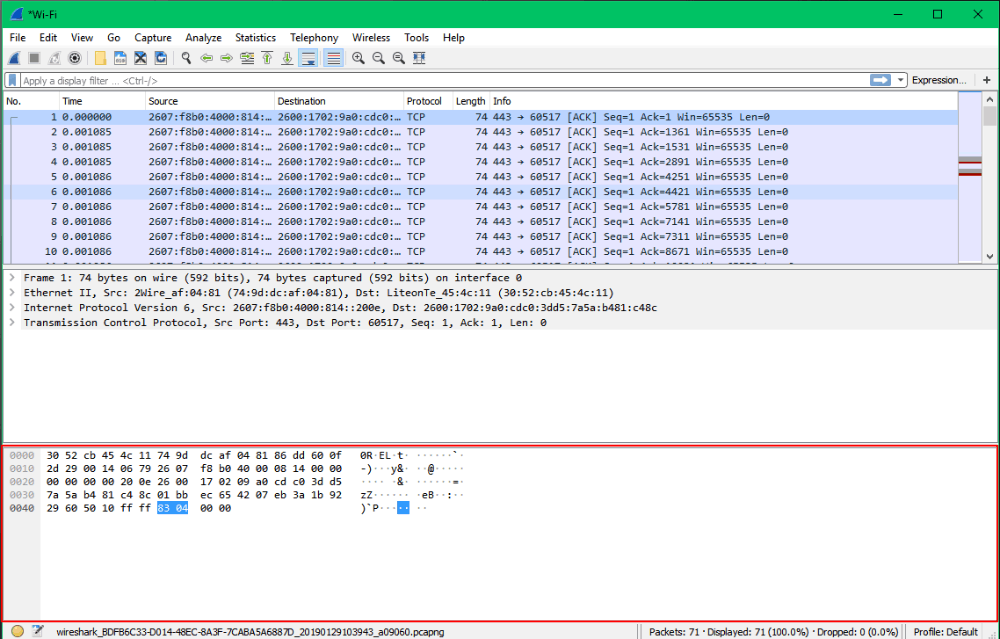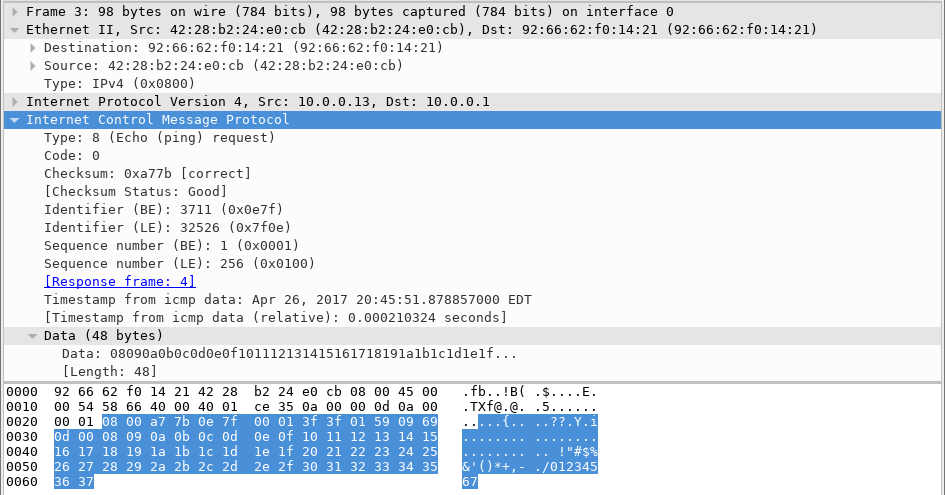

4 Click the Capture Options link Click the Capture Options link to open the Capture Options dialog box. Note that you can select more than one router to monitor from this box. To check if promiscuous mode is enabled, click Capture > Options and verify the “Enable promiscuous mode on all interfaces” checkbox is activated at the bottom of this window. Launch Wireshark, and then click the router to monitor in the Start box. If you have promiscuous mode enabled-it’s enabled by default-you’ll also see all the other packets on the network instead of only packets addressed to your network adapter. Wireshark captures each packet sent to or from your system. You can configure advanced features by clicking Capture > Options, but this isn’t necessary for now.Īs soon as you click the interface’s name, you’ll see the packets start to appear in real time. For example, if you want to capture traffic on your wireless network, click your wireless interface. The entire filter expression must be specified as a single argument (which means that if it contains spaces, it must be quoted).

The session begins with an ARP query for the MAC address of the gateway router, followed by four ping requests and replies. A filter has been applied to Wireshark to view the ARP and ICMP protocols only. Capturing PacketsĪfter downloading and installing Wireshark, you can launch it and double-click the name of a network interface under Capture to start capturing packets on that interface. The Wireshark capture below shows the packets generated by a ping being issued from a PC host to its default gateway. Don’t use this tool at work unless you have permission. Just a quick warning: Many organizations don’t allow Wireshark and similar tools on their networks.


 0 kommentar(er)
0 kommentar(er)
